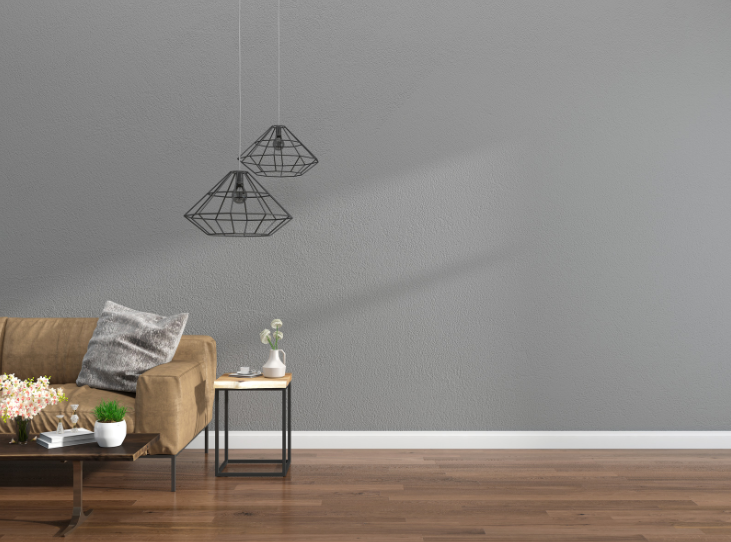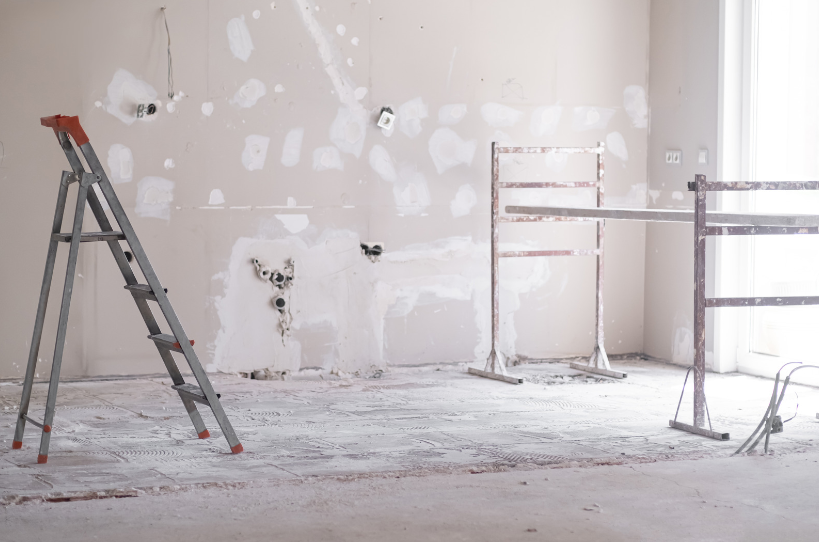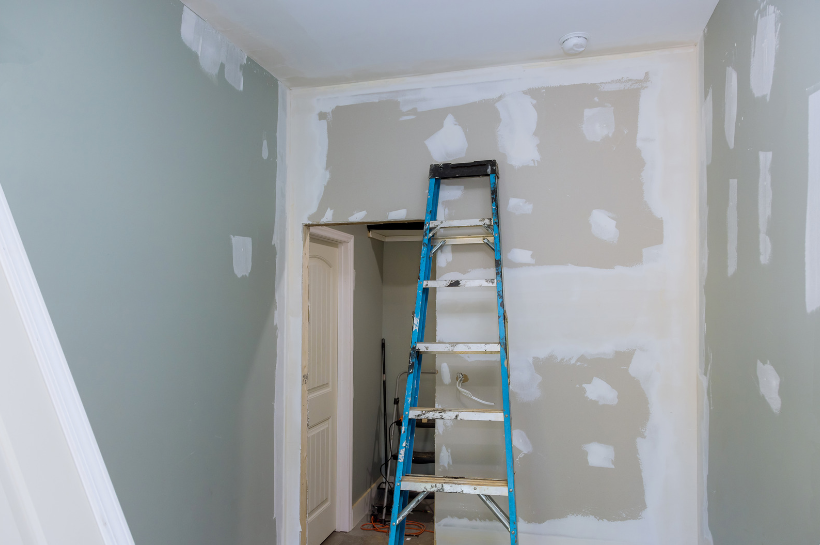How is Drywall Made?
We all come into contact with drywall on a daily basis - most of us have at least some drywall in our homes and workplaces. But despite how common it is, many of us know very little about drywall. So what exactly is drywall? And how is it made?
The primary ingredient in drywall is a mineral called gypsum. Gypsum is an abundant material that is mined all over the world. In its natural form, it is a soft, bendable crystal. When gypsum is crushed and heated, however, it becomes plaster, a material that has been used to finish walls for thousands of years. Plaster still forms the core of modern drywall, giving it much of its strength and fire resistance.
In modern drywalls, this plaster core is mixed with several other additives. The exact types of additives vary with the type of drywall being produced, but there are a few common ingredients in most drywalls. Paper pulp or glass fibers help to increase the plaster’s tensile strength, and starch helps the paper that will be used to finish the outsides of the drywall stick to the plaster core. Air is also injected into the mixture, keeping the finished product lightweight.
Once the plaster mixture is ready, it is spread onto a layer of thick paper. Another layer of paper is added on top, creating a paper-and-plaster sandwich. This sandwich passes through a series of rollers that smooth its surface while pressing it down to the desired thickness. It then moves into another machine that wraps and molds the edges into one of several standard shapes.
The drywall must now be cut to size and dried. Up until this point in the process, the drywall has been moving through a series of machines as one long strip. The cutting machine slices this strip into manageable, standard sizes. The cut sheets of drywall then pass slowly through a large oven on a conveyor belt. The oven begins at a temperature as high as 260°C but gradually cools as the drywall passes through. After 30 to 45 minutes in the oven, the drywall is solid enough to be stacked and shipped.
An abundant supply of gypsum and this straight-forward manufacturing process are two of the reasons that drywall has become a mainstay in construction. Drywall also has another advantage over other wall coverings (especially over wood-based panels or veneers) - it is recyclable! The waste from manufacturing facilities can be reused in future drywall, and even the scraps from construction sites can be reused in a variety of ways (including, but not limited to, new sheets of drywall). Even the paper facings are made largely from recycled newspaper!
While modern advances in chemistry and engineering have made drywall what it is today, its core ingredients have been used to create beautiful walls since the time of the pyramids. Drywall is a time-tested and approved building material that will likely be around for a few more millenia!
Still have questions? Need a quote?
Our professionals are here to help with all your drywall needs!
You might also like



